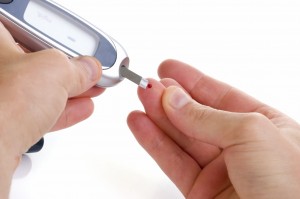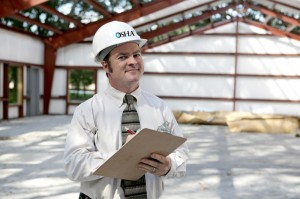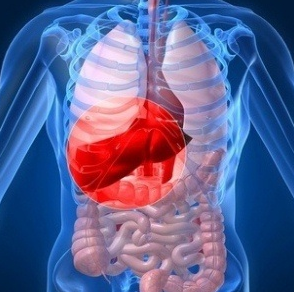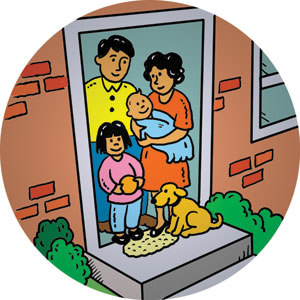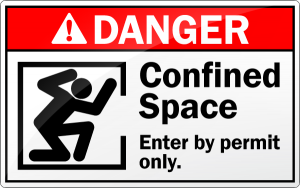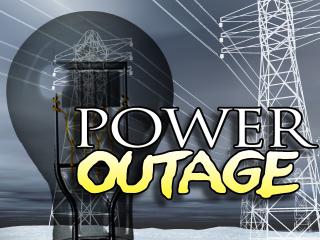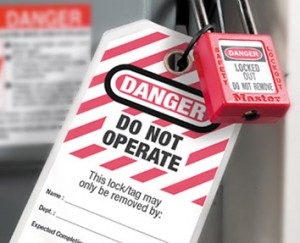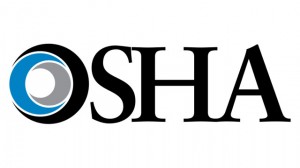Type 2 diabetes is a disease in which blood sugar levels are above normal. High blood sugar is a major cause of heart disease, kidney disease, stroke, amputation, and blindness. In 2009, diabetes was the seventh leading cause of death in the United States.
Type 2 diabetes is the most common type of diabetes. Family history and genes play a large role in type 2 diabetes. Other risk factors include a low activity level, poor diet, and excess body weight around the waist. In the United States, type 2 diabetes is more common among blacks, Latinos, and American Indians than among whites.
How is type 2 diabetes linked to overweight?
About 80 percent of people with type 2 diabetes are overweight or obese. It isn’t clear why people who are overweight are more likely to develop this disease. It may be that being overweight causes cells to change, making them resistant to the hormone insulin. Insulin carries sugar from blood to the cells, where it is used for energy. When a person is insulin resistant, blood sugar cannot be taken up by the cells, resulting in high blood sugar. In addition, the cells that produce insulin must work extra hard to try to keep blood sugar normal. This may cause these cells to gradually fail.
How can weight loss help?
If you are at risk for type 2 diabetes, losing weight may help prevent or delay the onset of diabetes. If you have type 2 diabetes, losing weight and becoming more physically active can help you control your blood sugar levels and prevent or delay health problems. Losing weight and exercising more may also allow you to reduce the amount of diabetes medicine you take.
via WIN – Do You Know Some of the Health Risks of Being Overweight?.

